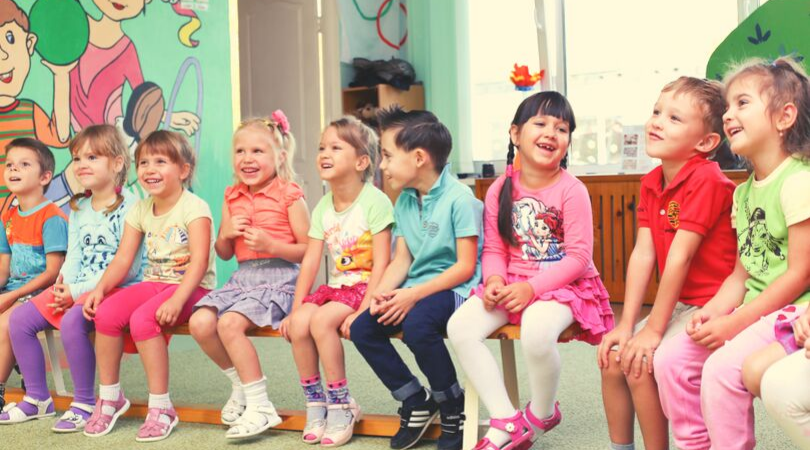
Last week, I started a two-part mini-series on the importance of transitions when working with children.
Quick refresher: 1) Transitions help children know an activity is ending; 2) They help recap and review; 3) They let children know another activity will be starting; 4) Transitions help reduce challenging behaviors; and 5) They help children feel organized, safe, and secure.
Now that’ve covered WHY transitions are important, here are some tips on HOW to facilitate smooth transitions with children:
1.Use a picture schedule. A picture schedule is an excellent way to let children know when an activity is starting (they can pull a picture off the schedule) and when an activity has ended (they can put the picture in a bag). Seeing the entire session schedule laid out in picture form can help children feel organized and secure because they can see exactly what is going to happen and when.
2.Sing through your transitions. Passing out rhythm sticks? Cleaning up scarves? Sing a transition song. For example, to the tune of “Here We Go ‘Round the Mulberry Bush,” sing “Let’s put the scarves back in the bag.” This gives children something to do (sing along while they wait!) and gives them clear instructions (“Put the scarf back in the bag.”)
3.Turn the end of a song into the transition song. Whatever song you’re singing, turn the last verse into the transition song. This works great for fast movement activities and instrument songs. I like to use original songs, but for this example, I’ll use a familiar song. Let’s say you’re singing “Wheels on the Bus” with your kiddos and they are standing up, moving their arms like the wheels on the bus. For the last verse, sing “Now it is time to sit back down, sit back down, sit back down. Now it is time to sit back down, in our chairs.” Gradually decrease the tempo and volume as you do this to facilitate a smooth and peaceful transition. (More on using specific musical elements to cue behaviors here!)
Now that we’ve discussed why transitions are so important and how to facilitate them smoothly, do you have any ideas to share?
I’d love to add some new ideas to my repertoire!



Leave A Comment